Frequently Asked Questions
1. Why is knife sharpening important?
2. What are the main parts of a knife?
3. What are some common knife sharpening techniques?
4. How often should I sharpen my knives?
5. Can I sharpen a serrated knife?
Knife sharpening is an essential skill for anyone who enjoys cooking, outdoor activities, or collecting blades. Whether you're a culinary enthusiast or an avid hunter, knowing how to properly sharpen your knives can enhance performance, prolong their lifespan, and ensure safety. In this guide, we'll explore effective knife sharpening techniques, focusing on the usage of hunting knives and general principles that apply to all types of blades.
The Importance of Knife Sharpening
Before diving into the various techniques, let’s understand why knife sharpening is critical. A dull knife is not just inconvenient; it can also be dangerous. When a knife fails to cut effectively, users often apply excessive force, which can lead to slips and accidents. For enthusiasts who utilize hunting knives, keeping your blade sharp is vital for processing game and outdoor tasks.
Understanding Knife Anatomy
To sharpen effectively, you should first understand your knife’s anatomy. Knowing the various components will help you to take better care of your blades, especially when it comes to hunting knives. Here are the main parts:
Blade
The blade is the cutting part, made from various materials such as stainless steel or carbon steel. Each material has its advantages and disadvantages, affecting sharpness and maintenance.
Edge
The edge refers to the sharpened part of the blade, and it can be either straight or serrated, depending on the knife’s intended use.
Spine
The spine is the top part of the blade, opposite the edge, and usually thicker, which adds stability and strength.
Tip
The tip is the pointed end of the knife used for precision tasks, like piercing and detailed work.
Knife Sharpening Techniques
When it comes to sharpening your knives, numerous techniques can get the job done. Here, we will elaborate on some of the most popular methods. Each has its advantages and ideal applications, particularly concerning different knife types, including hunting knives.
Whetstone or Sharpening Stone
The classic method for sharpening knives is using a whetstone or sharpening stone. This technique requires practice but offers unparalleled control over the sharpening process.
- Choose a Grit: Start with a coarser grit to remove nicks on the edge, then progress to a finer grit for honing.
- Angle Matters: Hold your knife at an angle of 15-20 degrees from the stone. This angle is ideal for most hunting knives.
- Effective Strokes: Use consistent strokes, moving from the heel to the tip of the knife in a sweeping motion.
- Maintain Pressure: Apply light pressure while sharpening, allowing the grit to do the work.
After sharpening, ensure you clean the knife to remove any metal shavings and assess its sharpness on a test material.
Electric Knife Sharpeners
If you're looking for speed and convenience, an electric knife sharpener can be a great option. These devices simplify the sharpening process, making it accessible for beginners.
- Easy to Use: Place your knife in the designated slot, and let the sharpener do the work.
- Uniform Results: Electric sharpeners often produce a uniform edge, which can be beneficial for hunting knives and other utility knives.
However, remember that electric sharpeners might remove more material than manual methods, so ensure you aren't overusing them with your valuable blades.
Honing Rods
A honing rod, often found in kitchen settings, is used to maintain a knife's edge between sharpening sessions. While it doesn’t remove material, it realigns the edge, making it crucial for maintaining your hunting knives.
- Realignment: Regular honing can keep a knife sharper longer, so it's good practice to hone your knife before use.
- Technique: Hold the rod vertically, running the knife down it at the same angle you would use for sharpening.
Common Mistakes When Sharpening Knives
As with any skill, there are common pitfalls that beginners might face with knife sharpening. Here are a few to watch out for:
- Wrong Angle: Sharpening at the incorrect angle can dull the knife instead of sharpening it.
- Excessive Force: Using too much pressure on the blade can lead to damage rather than sharpening.
- Skipping Grits: Jumping from coarse to fine grit without an intermediate step can lead to an uneven edge.
- Ignoring Maintenance: Failing to clean the knife after sharpening can lead to contamination and rust.
Storing Your Knives
Proper storage is integral to maintaining sharpness. Regardless of whether you own hunting knives or kitchen knives, here are some storage tips:
- Knife Blocks: Storing knives in a wooden or plastic block can protect the edges while keeping them accessible.
- Magnetic Strips: These allow for easy reach and keep the blades separated, preventing accidental dulling.
- Blade Guards: Using blade guards or sheaths adds an extra layer of protection, especially for hunting knives stored in a drawer.
Maintaining Your Sharpening Tools
To get the best out of your sharpening tools, it's essential to maintain them as well. Here's how:
- Clean Whetstones: Rinse and dry your whetstone after each use to prevent clogging and ensure efficient sharpening.
- Check Electric Sharpeners: Regularly clean the blades and parts of your electric sharpeners per the manufacturer's instructions.
- Honing Rod Care: Wipe down your honing rods regularly to keep them free from debris.
Frequently Asked Questions About Knife Sharpening
How often should I sharpen my knives?
This largely depends on usage. If you utilize your knives frequently, especially hunting knives, you should consider sharpening them every few weeks or after each use.
Can I sharpen a serrated knife?
Serrated knives require a different sharpening technique, typically using a honing rod specifically designed for serrations.
Is it necessary to sharpen my knife if I hone it regularly?
Yes, while honing realigns the edge, sharpening is required to remove material and restore the blade’s cutting ability when it becomes dull.
Final Thoughts on Knife Sharpening
Mastering knife sharpening techniques opens up a world of improved performance and safety. By investing time in learning and practicing these skills, you'll ensure that your knives, especially your treasured hunting knives, remain in top condition for all your culinary and outdoor needs. Whether you prefer the traditional whetstone, the convenience of electric sharpeners, or the maintenance of honing rods, each technique offers its benefits. Embrace the art of knife sharpening, and enjoy the satisfaction of working with blades that perform at their best!
Visit one of our fellow Shopify or Wix users' stores by clicking this store link. Please note that this is a promotional link, and we are not responsible for the content of the linked store.









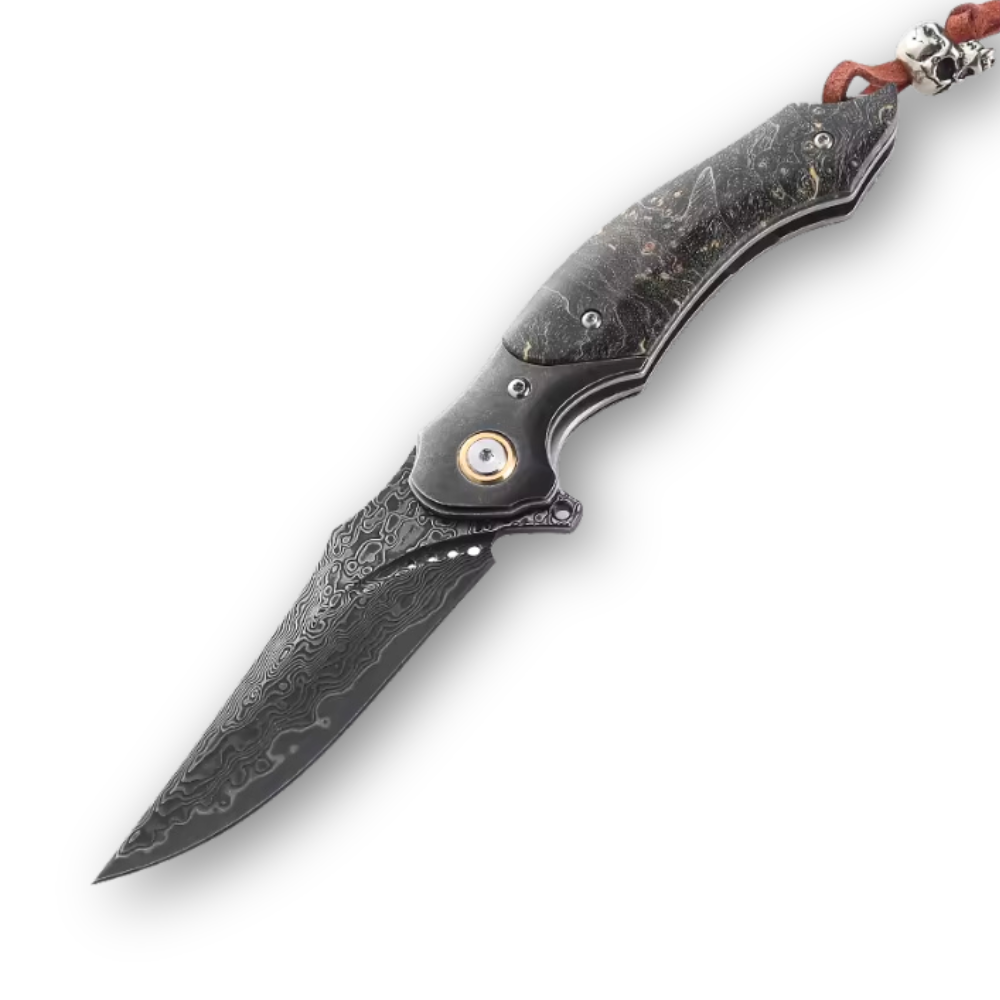










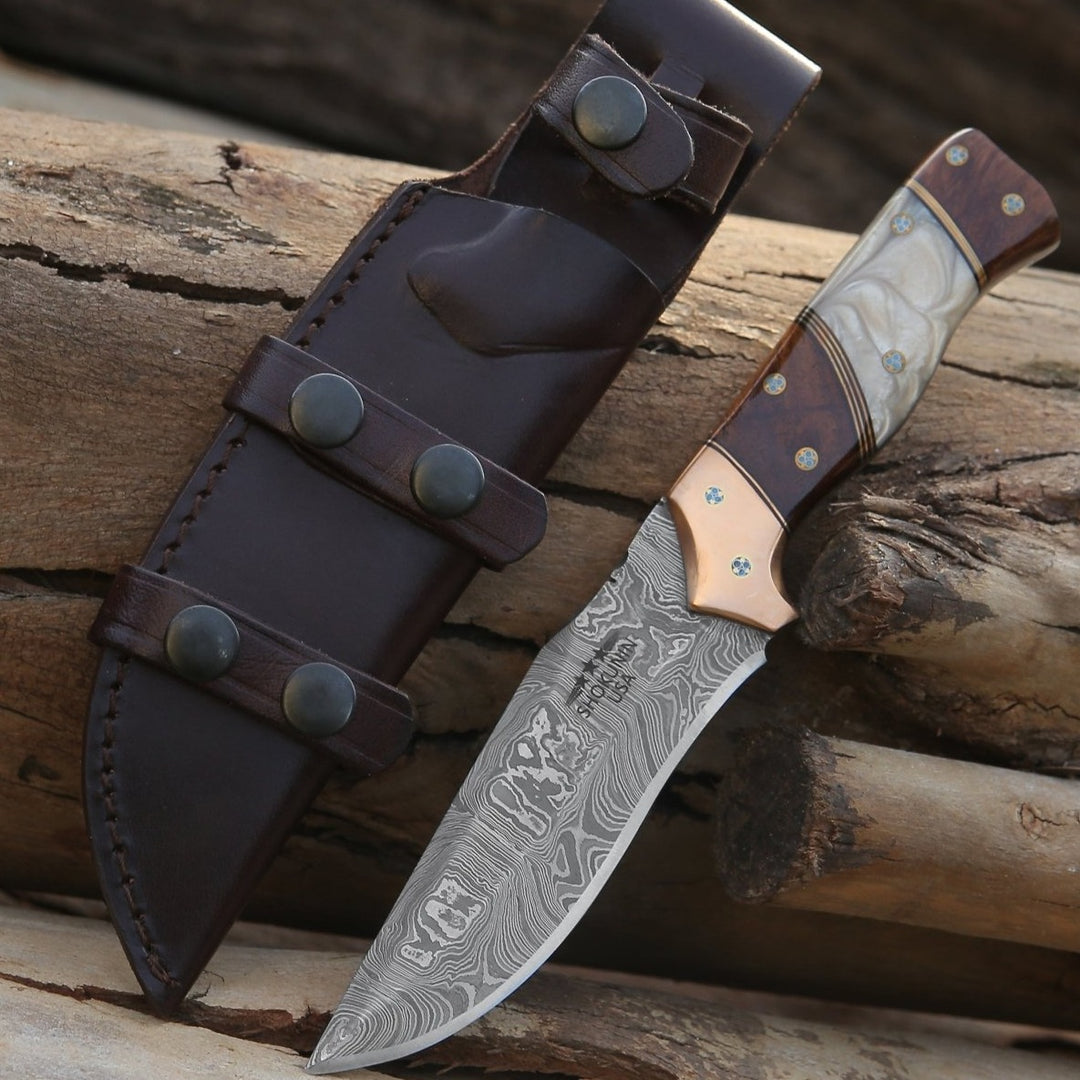
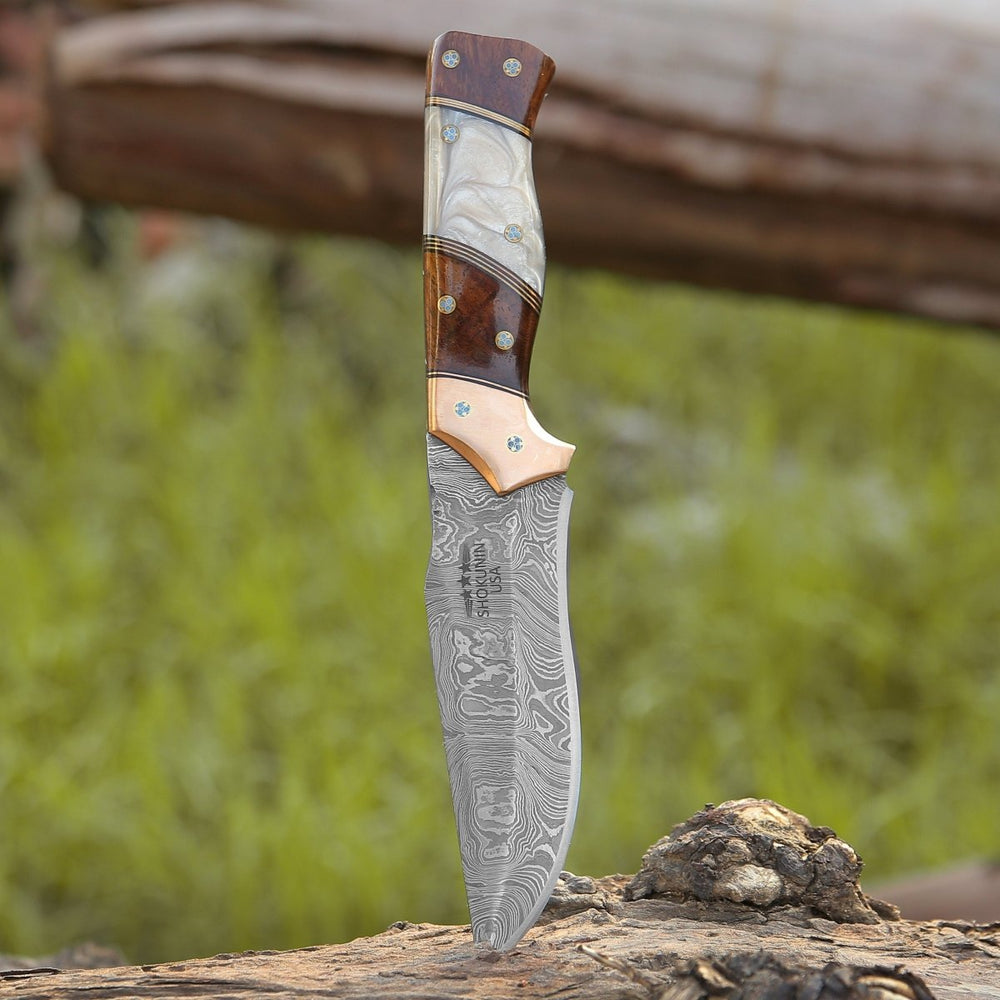


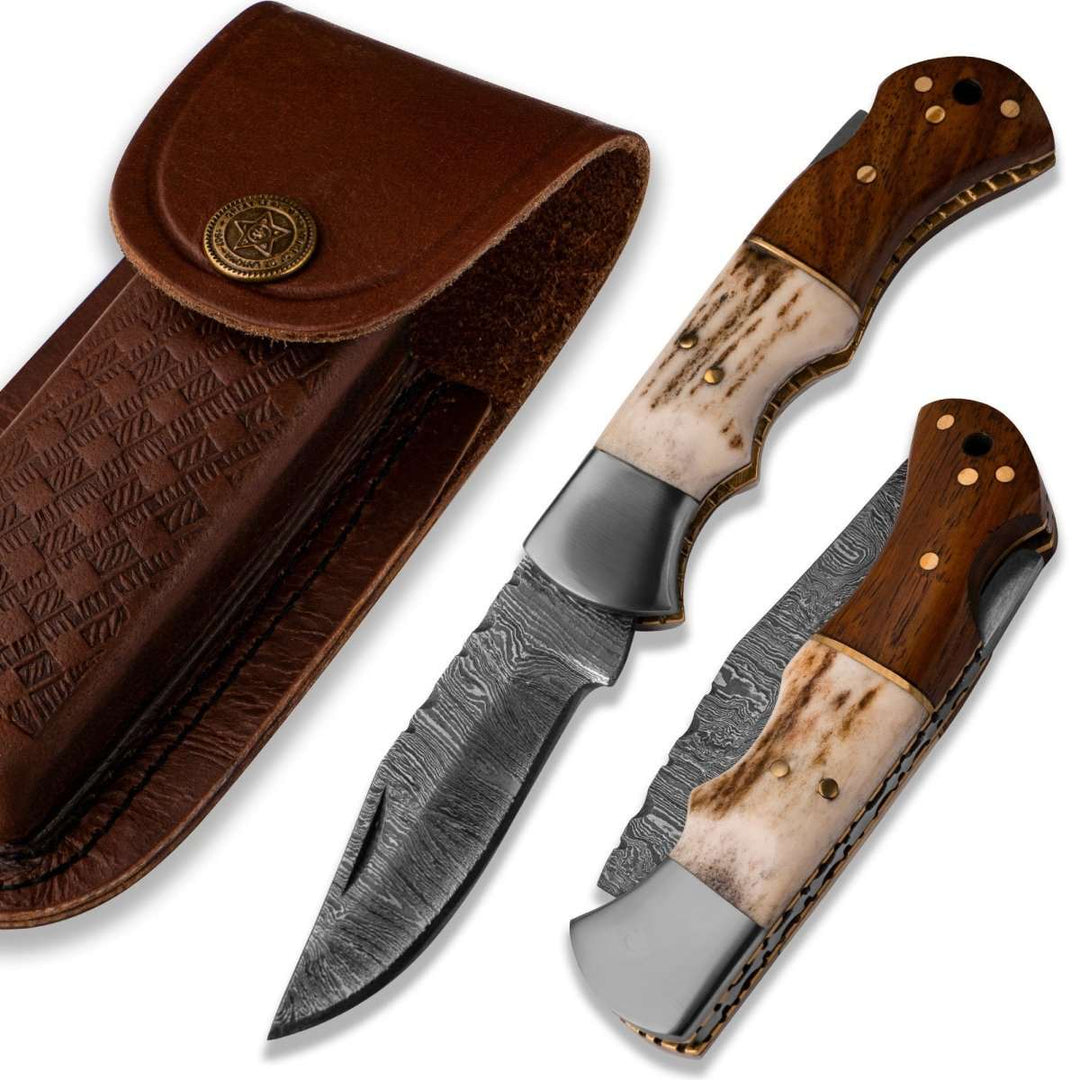
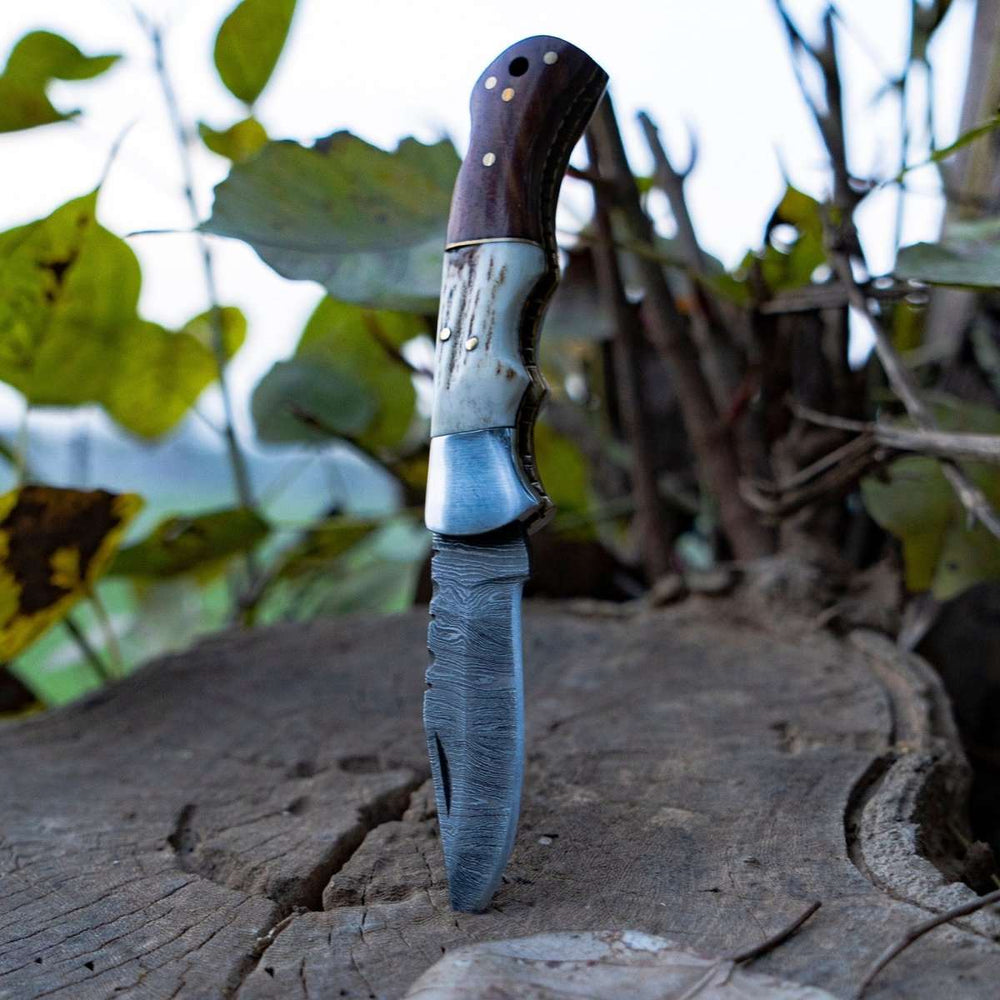




Leave a comment